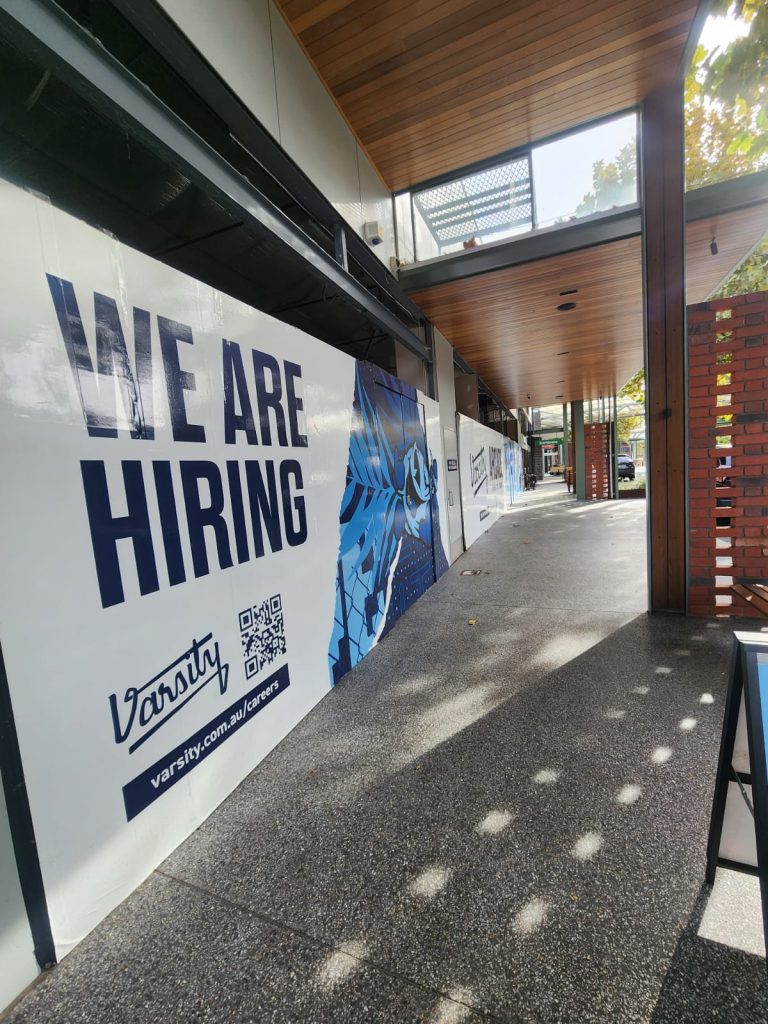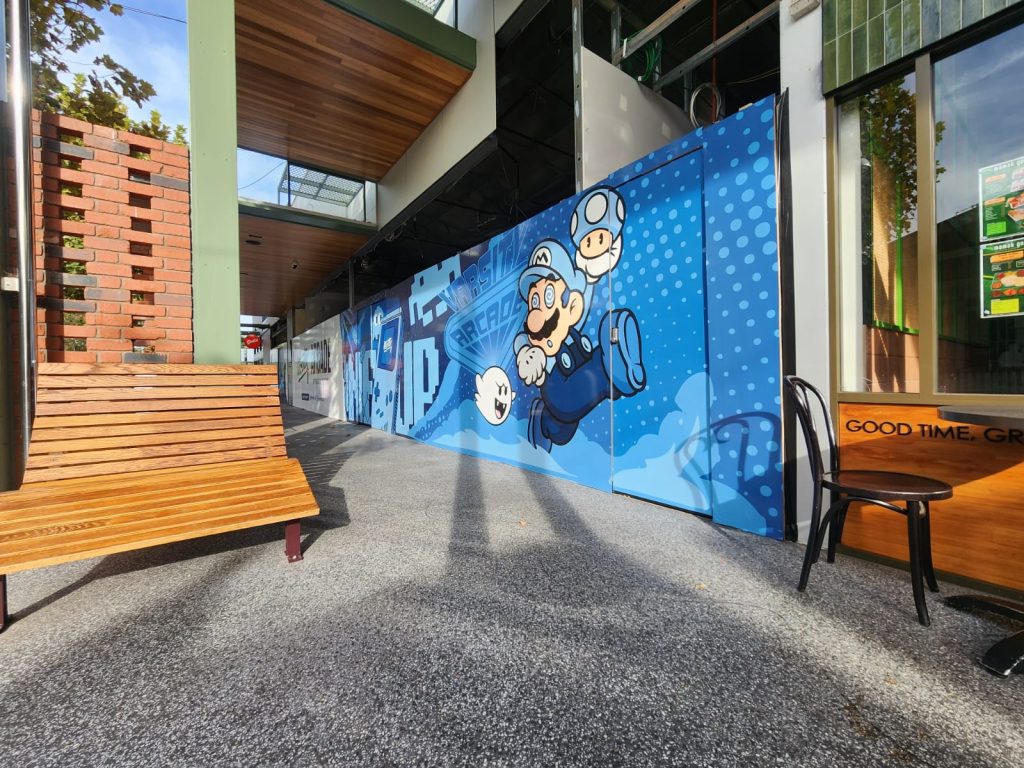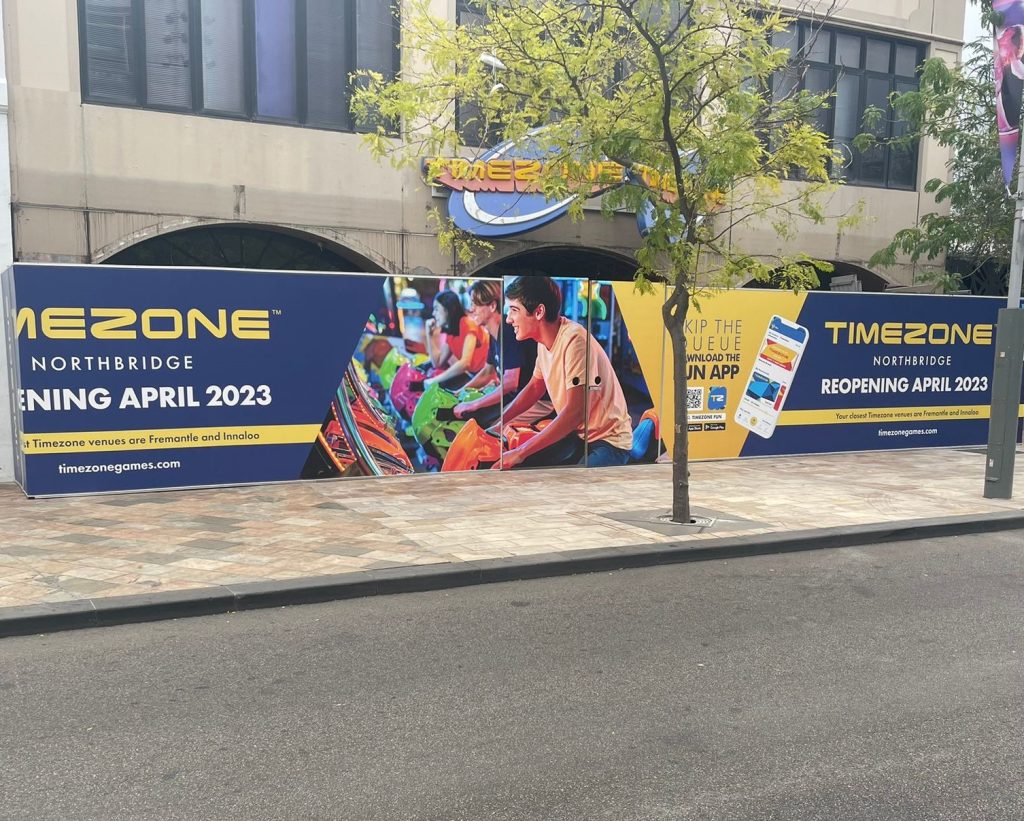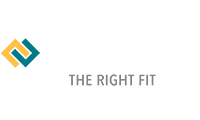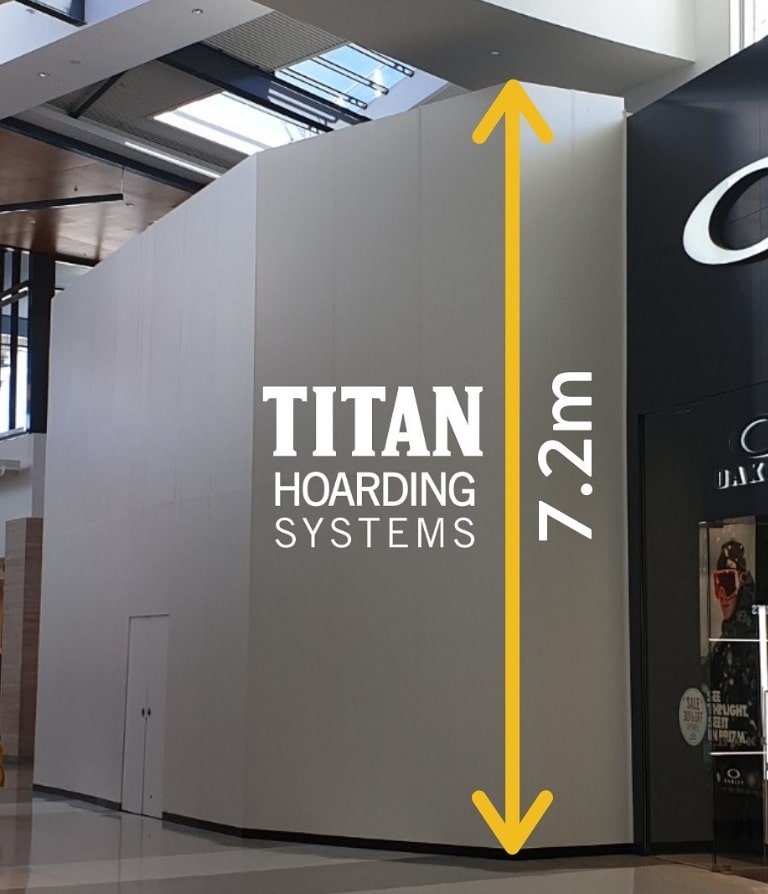
What’s the real price of securing your site — and are you factoring in the hidden value?
In the construction industry, where margins are tight and schedules are critical, every line item matters. One of the most misunderstood — and frequently underestimated — costs is hoarding. If you’re a builder or developer managing sites in metro or regional Australia, understanding the hoarding cost per metre is not just about budgeting. It’s about compliance, branding, stakeholder relations, and long-term planning.
Whether you’re delivering a high-rise in Brisbane’s CBD or a retail precinct in regional New South Wales, temporary hoarding is essential. It protects the public, secures your site, satisfies legal requirements, and — increasingly — plays a role in how your brand is perceived.
But what actually drives the cost?
What Is “Hoarding Cost per Metre”?
The hoarding cost per metre is the linear cost of installing temporary fencing or hoarding around a construction or development site. However, this cost is more than just the sum of timber, panels, and posts. It includes:
- Material supply: timber plywood, steel panels, mesh, or engineered systems.
- Installation and removal: site-specific labour, concrete footings, bracing.
- Compliance and permits: essential when hoarding occupies public space.
- Maintenance: adjustments, repairs, and ongoing site access.
- Branding and signage (optional): for developers using hoarding as public engagement or advertising.
Costs typically range between $90 and $200 per linear metre, depending on material, complexity, and location. Add design wraps or advertising? That could be another $50 to $100+ per metre — but with marketing upside.
Common Hoarding Types and Their Costs
1. Timber Hoarding (Plywood)
- Cost per metre: $90–$150
- Use case: Small to medium sites, internal or low-exposure zones
- Pros: Cost-effective, easy to paint or brand
- Cons: Limited durability, may degrade over long projects
2. Steel or Modular Panel Hoarding
- Cost per metre: $120–$200
- Use case: Long-term or high-traffic sites
- Pros: Reusable, high strength, wind-rated options available
- Cons: Higher upfront cost, logistics may be complex
3. Printed Wraps or Branded Panels
- Add-on cost: $50–$100+ per metre
- Purpose: Marketing, community engagement, project visibility
- ROI potential: High — some developers offset costs via advertising partnerships
Why the Cost Varies So Widely
The price range for hoarding per metre is broad for a reason — no two projects are alike. Here are the key cost drivers:
1. Site Conditions
Uneven ground, underground services, or limited access can increase labour time and require custom solutions. In urban areas like Melbourne or Sydney’s inner suburbs, permit requirements and traffic management can further elevate costs.
2. Height and Engineering
Most hoardings are 2.4 metres high, but sites requiring 3.0m or 3.6m hoarding — especially near pedestrian zones — may need engineered solutions to meet wind-loading standards. Expect a 20–30% increase for engineered designs.
3. Public Interface and Compliance
Public-facing hoarding often requires:
- Vision panels or windows
- Lighting (for safety compliance)
- Noise barriers or dust control screens
If your hoarding encroaches on a footpath or road reserve, councils often require engineered drawings, insurance documents, and rent for public space usage — all adding to your per-metre cost.
4. Duration of Use
Longer-term projects often offer better value per metre through amortisation. Some contractors opt to purchase reusable modular systems, spreading cost over multiple sites and reducing total spend over time.
The Hidden Value in Hoarding
It’s easy to see hoarding as a sunk cost — something you install and forget. But forward-thinking developers use hoarding strategically.
Branding & Community Engagement
Many Tier 1 developers in Australia now use branded hoardings to:
- Promote upcoming tenancies or sales
- Showcase community art or sustainability credentials
- Minimise visual impact of construction
This transforms hoarding from a passive barrier into a public-facing asset.
Site Security
Increased theft and vandalism rates across Australian construction sites mean robust hoarding also plays a key role in loss prevention — a cost rarely captured in initial hoarding estimates.
An Everyday Analogy: The Temporary Fence vs. the Display Window
Think of hoarding like a temporary fence on one side — providing safety, separation, and compliance. But it’s also a display window, especially in high-traffic areas. The decision to invest in better materials or professional signage should be based on your project’s visibility, stakeholders, and marketing goals.
Debates and Trade-offs: Cheap vs. Durable, Custom vs. Reusable
The construction sector is actively debating best practices around hoarding:
- Is timber hoarding outdated given sustainability goals?
- Are modular steel systems cost-effective in the long run for developers with rolling projects?
- Does branding deliver measurable ROI?
There’s no one-size-fits-all answer. It comes down to your project timeline, site visibility, and operational strategy.
Optimising Hoarding Spend: Practical Tips for Builders & Developers
- Request itemised quotes — know exactly what’s included: footings, permits, branding, and removal.
- Plan early — last-minute hoarding installation often incurs rush charges or compliance risks.
- Assess reusability — if managing multiple projects, modular hoarding may save money long-term.
- Leverage the space — turn your hoarding into a revenue opportunity with sponsored signage or pre-leasing promotions.
Looking to Optimise Your Hoarding Setup? Choose the Right Partner
Understanding the hoarding cost per metre is only part of the equation. The real value comes from working with a supplier who understands not just the numbers — but the why behind them.
For builders and developers, particularly in Western Australia, this means partnering with a provider who knows:
- How to navigate local council permits and engineering requirements
- The realities of tight construction schedules and fluctuating site conditions
- The importance of balancing compliance, branding, and security without blowing the budget
That’s where Hoardings WA stands out.
With years of experience servicing Perth’s commercial, residential, and infrastructure projects, Hoardings WA has built a reputation as the go-to choice for hoarding systems in WA. Their team offers end-to-end solutions — from site assessment and engineering certification to custom branding and removal — all tailored to Western Australia’s unique regulatory and environmental conditions.
Whether you’re managing a city-shaping development in Perth’s CBD or a regional build in Bunbury, Hoardings WA delivers:
✅ Compliant, wind-rated hoarding systems
✅ Modular and reusable options to reduce long-term costs
✅ Expert advice on public-facing branding opportunities
✅ Fast turnaround and professional installation crews
Final Word: Don’t Just Count Metres — Maximise Them
Ultimately, hoarding cost per metre shouldn’t be seen purely as a line item — but as part of your site strategy. When done right, hoarding enhances your project’s safety, compliance, public perception, and even brand presence.
So when you plan your next project in Perth or beyond, think beyond the panels and posts.
Partner with experts like Hoardings WA who understand how to turn every metre into a strategic asset — not just a sunk cost.

